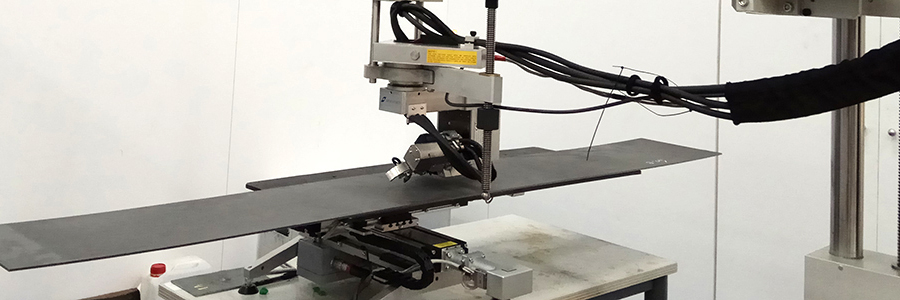Own development model for Integrated Management of Technological Innovation.
Advanced methods for relieving residual stresses in metal sheet

The RELESHET project has served to improve the operation of current sheet processing lines and the final quality of the manufactured products through the introduction of innovative systems developed by the technology centres of the Basque Science and Technology Network (RVCT). The aim was to take a step forward in the industrialisation of the methods for eliminating residual stresses to make companies more competitive and to boost production capacity. The driver for this project, in line with the smart specialisation strategic line of the PCTI 2020, is the introduction of advanced materials in the industrial sector, a phenomenon that demands new manufacturing processes.
The relief of internal stresses after forming the part is a problem that makes it difficult for industrial component manufacturers to meet the required tolerance ranges.
For this reason, it is necessary to analyse the stress phenomenon using experimental techniques that validate the numerical simulation models, and thus analyse its impact on processes after forming, such as laser cutting, which is the process most vulnerable to stress relief.
The RELASHET project has sought to bring the stress relief processes to the market and analyse their feasibility for introduction to a real process line. This strategy has the following advantages:
• It yields high flatness and stress relief quality after forming operations, such as laser cutting.
• It avoids having to use other much more costly levelling processes (stretch leveller, tension leveller).
• It reduces scrapping of material that does not meet the required flatness tolerances.
• It improves the properties of the materials.
Within the project framework, various sheet stress relief processes have been developed on hot rolled steels. These processes have been analysed experimentally and by means of numerical simulation, which allows a scientific-technological comparison to be made of the various solutions and thus analyse their feasibility for implementation in industry, through leading companies in the market such as Fagor Arrasate.
Specifically, X-ray diffraction analysis has been carried out on sheets subjected to temper milling, shotblasting and thermal levelling, both on the surface and in depth. The study results show that during shotblasting compressive stresses are obtained, tensile stresses during temper milling and around zero for levelling. Subsequent laser cutting to release stresses does not show an influence on the flatness of the sheet.